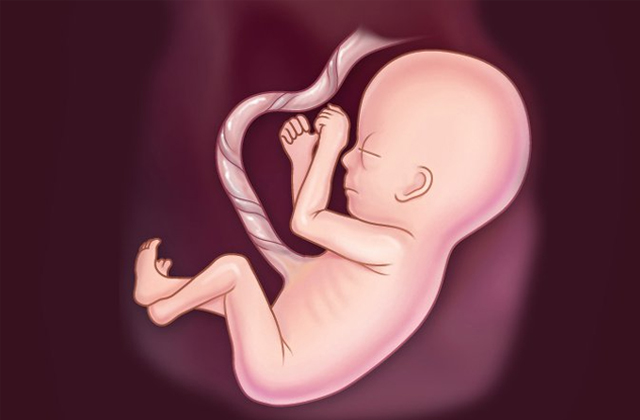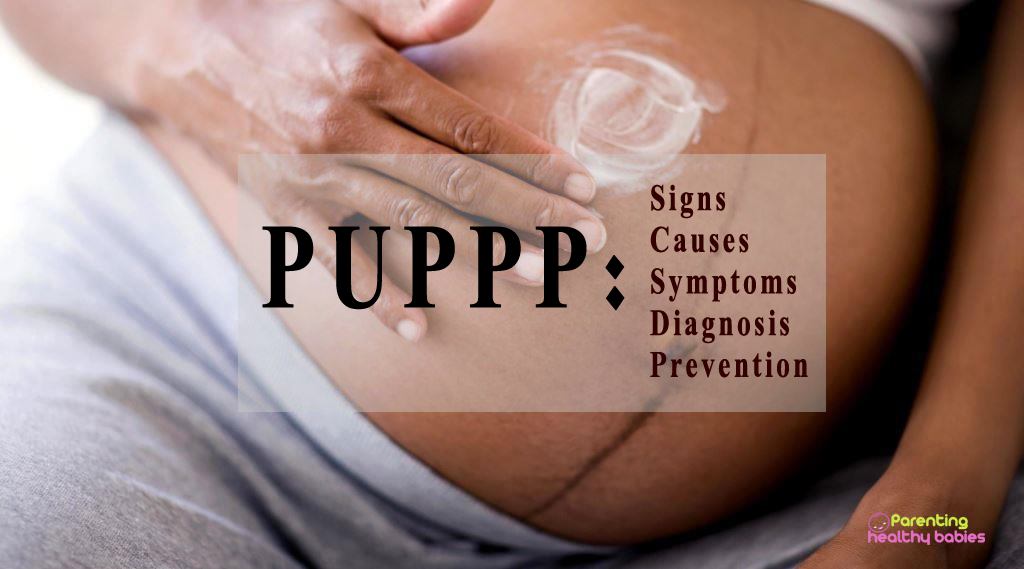What is Placenta Accreta?
Placenta Accreta is an uncommon situation in which the Placenta is too deeply attached inside the uterus. The Placenta is the organ inside the uterus that sits with the baby and that supplies the baby with nutrients and oxygen and fluids during the pregnancy. In a normal pregnancy, the Placenta will be sitting relatively high in the uterus and is attached to the lining of the uterus, which can easily separate, when it’s time for the women to deliver with Placenta accreta. The Placenta is attached a little bit too deeply, so instead of just sitting in the lining of the uterus, the Placental cells have grown a little deeper and attached to the muscular part of the uterus.
Read More: Placenta Previa: Causes, Symptoms and Treatment
Placenta Accreta: Causes, Symptoms and Risks
Causes of Placenta Accreta:
Fortunately Placenta Accreta is a very uncommon condition and unfortunately, it’s a little bit hard to know exactly what the incidences of Placenta Accreta. It’s a hard condition to track currently. It probably occurs in about one out of every five hundred to one out of every 1000 deliveries in the United States and in the developed world.
- Placenta Accreta tends to happen in patients who’ve had some kind of damage to the lining of their uterus allowing the Placenta to attach more deeply.
- Either patient who have prior cesarean sections and especially if they’ve had multiple cesarean sections.
- In patients who have a Placenta previa or a Placenta sitting low in the uterus and it particularly will occur when those two conditions come together.
- It can occur in other situations, usually in women, who’ve had other types of surgery on their uterus such as having fibroids removed or having surgical repairs on their uterus.
- In women who are older and older is relative and it means over 35 or over 40
- In patients who undergo in-vitro fertilization in order to become pregnant, who also seemed to be at slightly increased risk of having an accreta.
Read More: 30 Common Health Problems During Pregnancy You Must Know About
What are the signs of Placenta Accreta?
Bleeding:
As the pregnancy progresses, the lower uterine segment grows and if the Placenta is in the lower uterus, then this growth can disrupt the Placental blood vessels which can cause bleeding. This is usually a sudden onset of painless bright red bleeding that typically happens after 20 weeks of gestation. The amount of bleeding can vary and it can be intermittent or continuous, sometimes increasing during labor because of uterine contractions and cervical dilation.
Complications:
The biggest risk for patients with Placenta Accreta happen at the time of Delivery and the first is the risk of Hemorrhage or major bleeding at the time of delivery and this can happen if the Placenta is abnormally attached and doctors try to remove it. There are very large blood vessels that go into the Placenta and when these become exposed, while doctors try to remove the Placenta, the Patient can have very excessive blood loss or postpartum hemorrhage. This Often requires the blood transfusion, often with many units of blood products. Sometimes doctors actually are set up to collect the patient’s own blood at the time of delivery.
How will Placenta Accreta affect the baby?
Typically, Placenta Accreta won’t have any negative impact on your baby’s Development. Although it does carry some increased risk of premature delivery. It’s when push comes to shove that the problems occur, because it’s very hard for the Placenta to separate from the uterine wall.
Are there any tests for Placenta Accreta?
- Ultrasound is pretty good at diagnosing accreta. Particularly, if we know that a patient is at risk for an accreta and also particularly if she has a Placenta previa, where the Placenta is sitting directly behind the bladder. In that case, we can often see if the Placenta looks abnormal or has abnormal blood flow. It’s a little bit harder to diagnose with ultrasound in situations, where the Placenta might be on the back side of the uterus. Even in the best circumstances, an ultrasound is not perfect at diagnosing an accreta. So there will always be situations where a patient at risk for an accreta has normal ultrasounds but some of them still end up having a Placenta Accreta.
- To take a careful look at that Placenta, some doctors will order an MRI, in order to help make the diagnosis and in some cases it can be helpful. So, if the ultrasound is not a very good quality or for the reason that Placenta may not be in the perfect place to look with an ultrasound.
How to treat Placenta Accreta?
All you really have to do is keep up with your OB visits so that you get good prenatal care. Your doctor will be prepared for a tricky delivery (and you can almost certainly expect a c-section). In some cases, you may be given a complete hysterectomy at the time of delivery in order to prevent a severe, life-threatening hemorrhage. Placenta Accreta is managed with a hysterectomy because that’s the only way to remove the Placenta safely without creating a major hemorrhage.
Read More: 7 common Labor Complications
Conservative management:
There are many patients who want to avoid a hysterectomy and sometimes surgeons want to avoid a hysterectomy because in certain situations like a severe percreta or in certain patients who have an abnormal pelvis doing the hysterectomy might just be considered too dangerous at the time of delivery. So in those unusual situations, we might leave the uterus behind and that’s referred to as conservative management of a Placenta.
The major downside of conservative management is that leaving the Placenta attached to the uterus at the end of the delivery and leaving it inside of the patient and many patients don’t want to go home knowing that they still have their Placenta attached. Patients who have this done are at risk for having to bleed and that sometimes involves heavy bleeding even weeks after the delivery. Some of these patients can develop an infection with the Placenta inside of their uterus. So it’s particularly important for the patient to be well counseled and informed about the risks and to follow with doctors who understand what it’s like for a patient to be in the situation and know how to follow a patient and take care of the Placenta.
Read More: Masturbation During Pregnancy: Can it Harm the Baby
How to prevent Placenta Accreta?
Unfortunately, there’s not much that can be done in the way of prevention. If you’ve had the condition before or had multiple c-sections, be aware that there’s an increased risk of it occurring again with a future pregnancy.
Conclusion:
If you are having a Placenta Accreta consult your doctor and discuss the major concerns, risks, and treatment.













